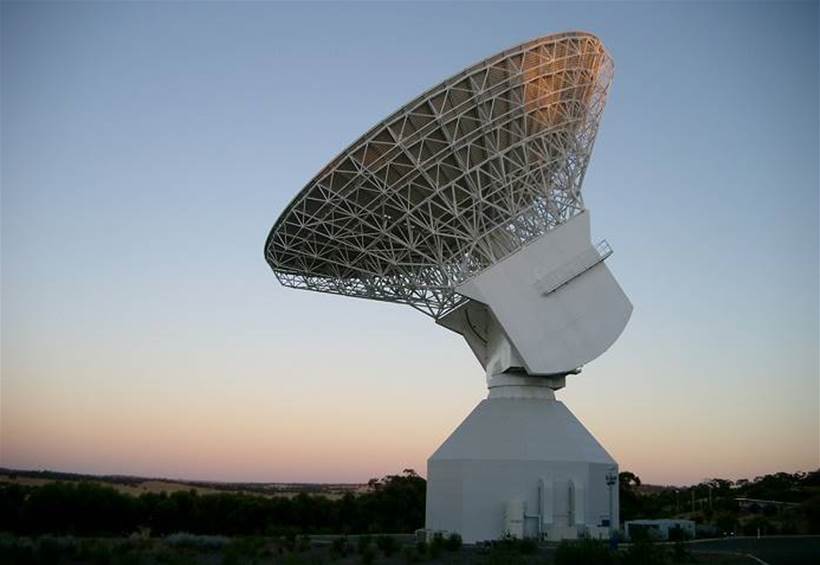Inmarsat is no stranger to crisis communications. It’s been providing satellite connectivity to disaster zones for decades.
During the COVID-19 pandemic, the company’s network has proven useful in an additional way – by helping organisations remotely monitor and control systems in mining sites, on farms and in other industries. That’s helped keep essential supply chains operating efficiently, according to Tara MacLachlan, Inmarsat’s vice president of IIoT Strategy.
Like others, MacLachlan sees more companies remotely monitoring operations in the wake of the pandemic. “A lot of us in the satellite industry believe remote monitoring is going to be a lot more critical, along with organisations’ DR plans and businesses continuity plans,” she tells IoT Hub.
But with the telecommunications landscape changing to meet these needs, where do satellite services – and Inmarsat’s M2M services and IoT solutions in particular – fit into this picture?
Inmarsat’s heritage involves maritime communications, but there are now also tens of thousands of satellite terminals connecting other industries to its M2M services. They can be found in industries such as mining, agriculture and rail, where MacLachlan sees potential for even greater use of these services.
The company has spent decades building its constellation of 14 geostationary satellites, which includes L-band satellites used to provide high availability services for M2M and IoT in remote locations. Last November Inmarsat also launched the fifth satellite in its Global Xpress fleet, which provides mobile broadband worldwide.
It has also been updating its ground operations and network to respond to the “exceptionally fluid nature of customer demand”.
In MacLachlan’s opinion, that work has made Inmarsat well-placed for growth in remote monitoring. “We’re passing mission critical data in near real time for a huge number of organisations today. And we’ll be able to move that forward with more capacity,” she says.
Another issue she raises is reliability. “Post-COVID, we are going to need more data. And we are going to need more robust systems of collecting that data,” MacLachlan predicts.
Geostationary satellites can help fill that need, she says: “People are talking about the sustainability, longevity and resilience of GEO.”
Broadening range of use cases
Another focus is broadening the range of use cases that people consider using satellite services for. One way Inmarsat is addressing this is by helping customers make more efficient use of data – for example, by removing data that customers don’t need from LoRaWAN transmissions connecting sensors, and only sending the essential data via satellite.
“It’s about making our network smart at each end to enable those uses cases over satellite. Whereas, in the past satellite communications have been perceived as too expensive,” MacLachlan says. “That’s a big challenge, I think, for all of us in the satellite industry. It’s about creating efficiency in the solution to ensure that data costs are not necessarily much higher than a typical equivalent cellular deployment. It is very much about how you use data appropriately when you send it over a satellite link."
Inmarsat is also focussed on connecting devices in a way that’s “much slicker”, MacLachlan says. For example, it has a solution miners can use to monitor facilities that could be dangerous when unchecked, such as tailings dams. The solution connects sensors via LoRaWAN or other methods and transfers data via satellite to a cloud dashboard. It displays pond elevation, piezometric pressures, inclinometer readings, weather conditions and other metrics.
Late last year, Inmarsat announced a partnership to combine the dam monitoring system with LIDAR to monitor movement of earth in mine dams.
MacLachlan talks about being “open and agnostic” in meeting customers’ needs. ”Whether it’s an asset in a mine, in agriculture, or anywhere else, we want to give our customers ability to connect it to whichever platform they want to connect it to,” she comments.
“We want to allow customers to adopt different technologies and ways of working as crises evolve. For example, during the COVID-19 pandemic they might want to add new data sources, without re-engineering a solution.”
As Australian organisations reassess their remote data needs, these issues will be important to consider.
Inmarsat is a sponsor of this COVID-19 discussion hub.
Focus is increasing on use of real-time data to combat the COVID-19 pandemic. See our special coverage about key issues.







